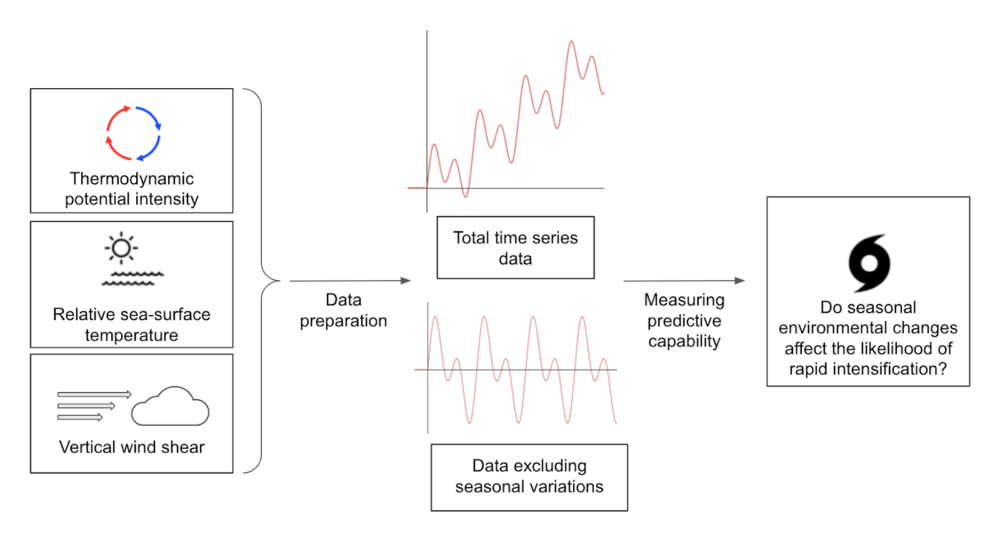Review written by Cecilia Panfil (CHM, 2022) and Alexandra Libby (PNI, GS)
Abstract
Despite Jupiter’s aurora being the brightest in the solar system, the mechanism of its occurrence is not well understood. One peculiar phenomenon on Jupiter is the large quantities of protons in its magnetosphere. Recently, Dr. Jamey Szalay and his team were able to use data from the Juno spaceship to observe the protons flying away from Jupiter. This provides evidence that the protons are coming from Jupiter itself. The electric fields which drive protons away from Jupiter are likely intimately related to Jupiter’s auroral fields. With their novel observation, Szalay et al. provide a clue towards Jupiter’s complex auroral interactions.
Continue reading

